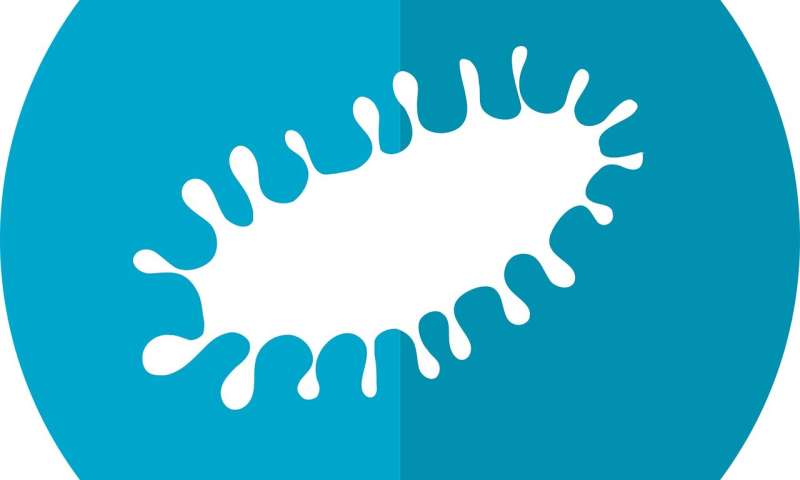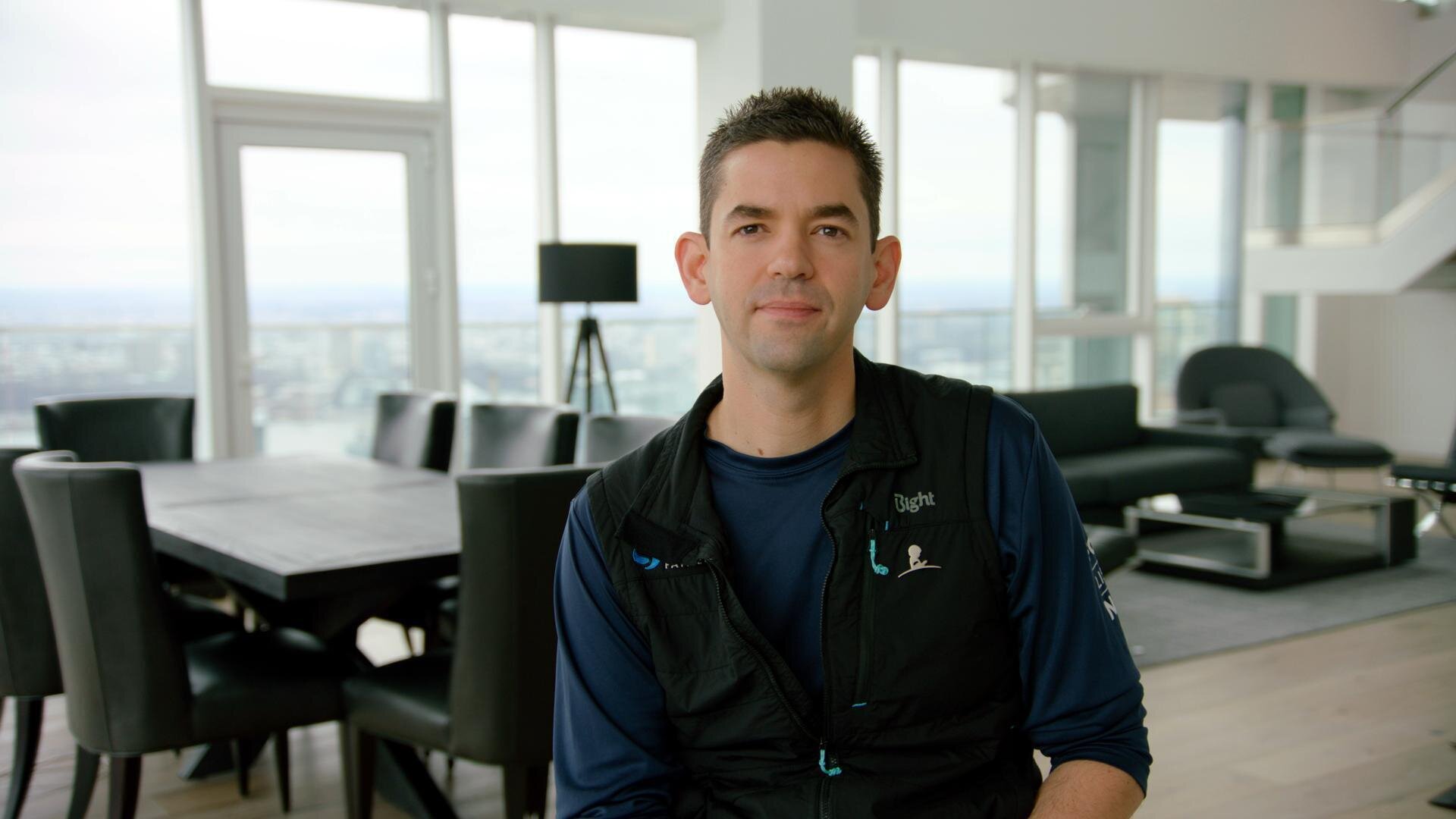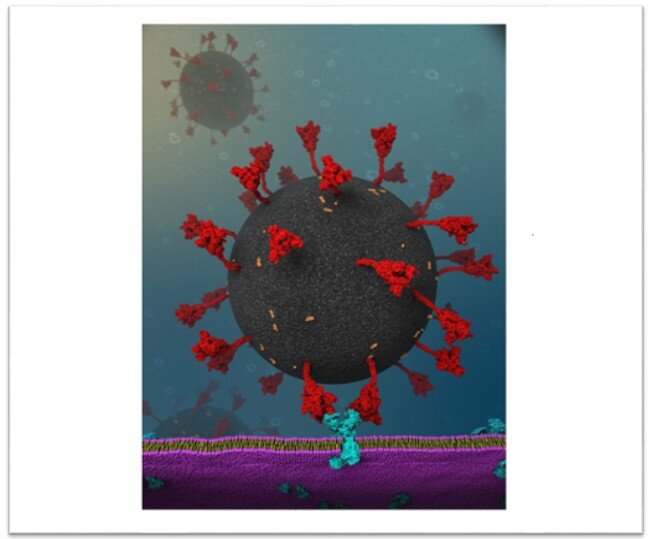#Less flocking behaviour among microorganisms reduces the risk of being eaten
“#Less flocking behaviour among microorganisms reduces the risk of being eaten”

When algae and bacteria with different swimming gaits gather in large groups, their flocking behavior diminishes, something that may reduce the risk of falling victim to aquatic predators. This finding is presented in an international study led from Lund University in Sweden.
Flocking behavior arises seemingly spontaneously in a group of independent individuals without a clear leader. This behavior occurs among many types of organisms, from bacteria to mammals and humans. In a new study published in Physical Review Letters, researchers at Lund University examined the flocking behavior of two different types of microorganism. By studying the backwashes—fluid flows—created around the organisms as they swim, the researchers have been able to find out how they affect each other.
“We have looked at a mixture of two types of swimmers. Those that use’breaststroke,” namely certain types of algae, and those that swim with a ‘propeller’ behind them, like most bacteria,” says Joakim Stenhammar, chemistry researcher at Lund University.
Previous research has shown that microorganisms with the same swimming technique can sense, and are affected by, each other’s fluid flows. This means they can move in a synchronized way over long length scales several times faster than an individual bacterium can swim.
However, in the new study the Lund researchers could establish through using computer simulations and theoretical models that this flocking behavior completely disappears when microorganisms with different swimming styles are mixed.
“Their collective fluid flows then behave as though the individuals could not sense each other’s presence. You could say that the microorganisms gain a cloak of invisibility,” says Joakim Stenhammar.
The new study is an important piece of the puzzle in understanding how flocking behavior works in biological systems. Now the work will continue with the study of increasingly detailed models of how actual microorganisms behave. This will enable comparisons between the theoretical results and experimental observations.
“On a biological level there may be advantages from symbiotic ecosystems in which bacteria and algae live together. The suppression of flocking behavior may reduce the risk of being eaten, as many aquatic predators sense the fluid flows to localize prey,” says Joakim Stenhammar.
More information:
Dóra Bárdfalvy et al. Symmetric Mixtures of Pusher and Puller Microswimmers Behave as Noninteracting Suspensions, Physical Review Letters (2020). DOI: 10.1103/PhysRevLett.125.018003
Less flocking behaviour among microorganisms reduces the risk of being eaten (2020, August 24)
retrieved 24 August 2020
from https://phys.org/news/2020-08-flocking-behaviour-microorganisms-eaten.html
This document is subject to copyright. Apart from any fair dealing for the purpose of private study or research, no
part may be reproduced without the written permission. The content is provided for information purposes only.
If you want to read more Like this articles, you can visit our Science category.
if you want to watch Movies or Tv Shows go to Dizi.BuradaBiliyorum.Com for forums sites go to Forum.BuradaBiliyorum.Com




